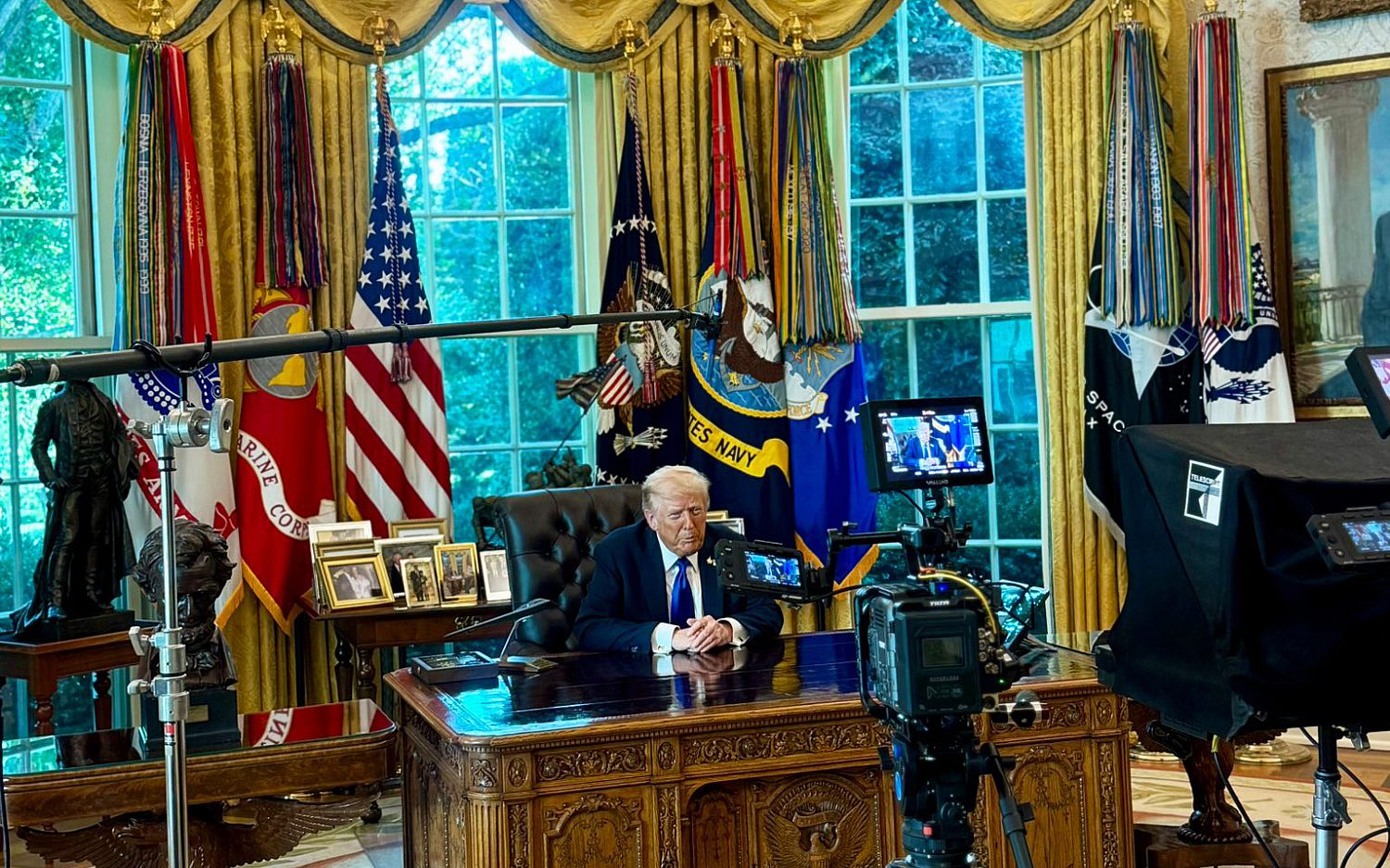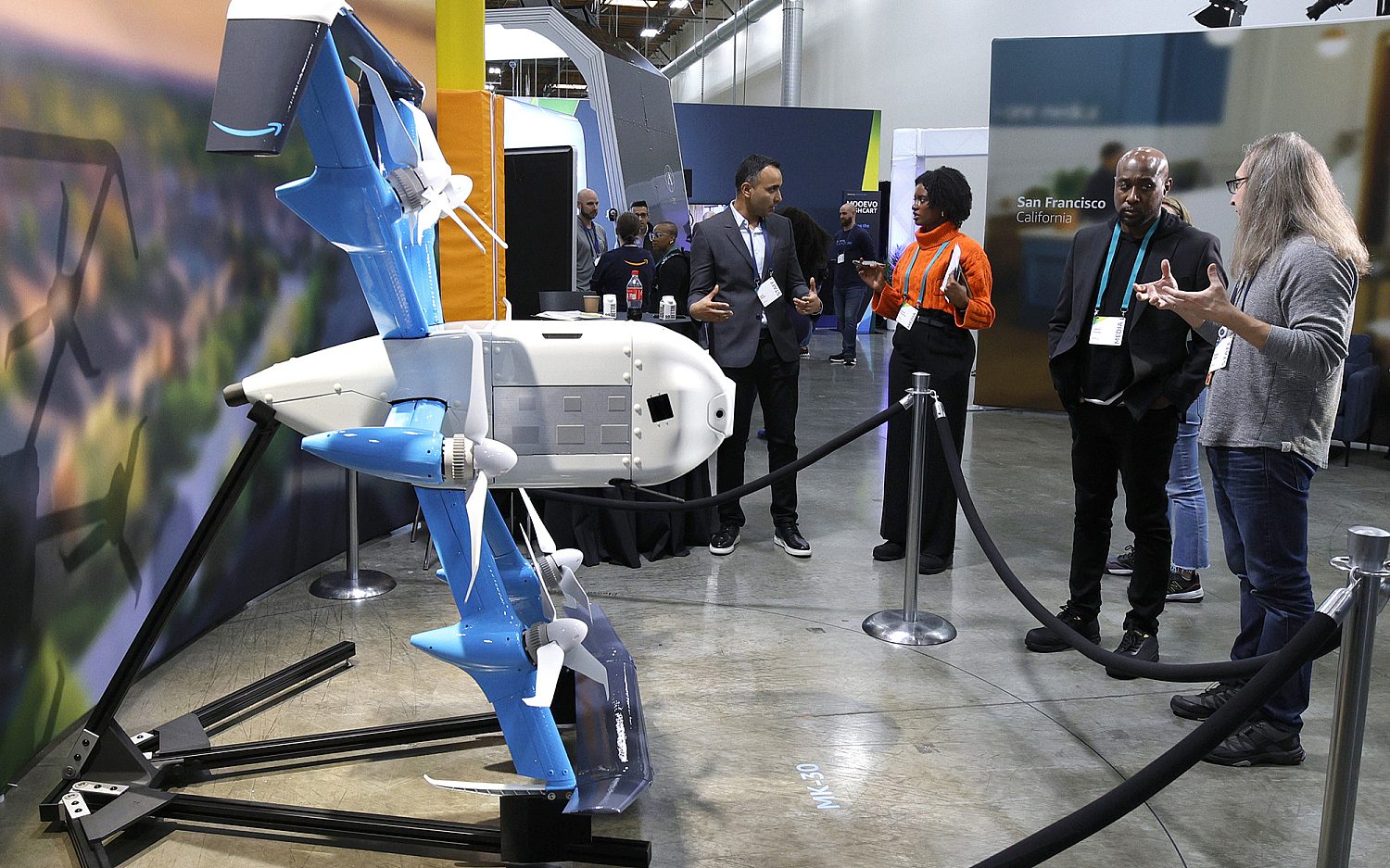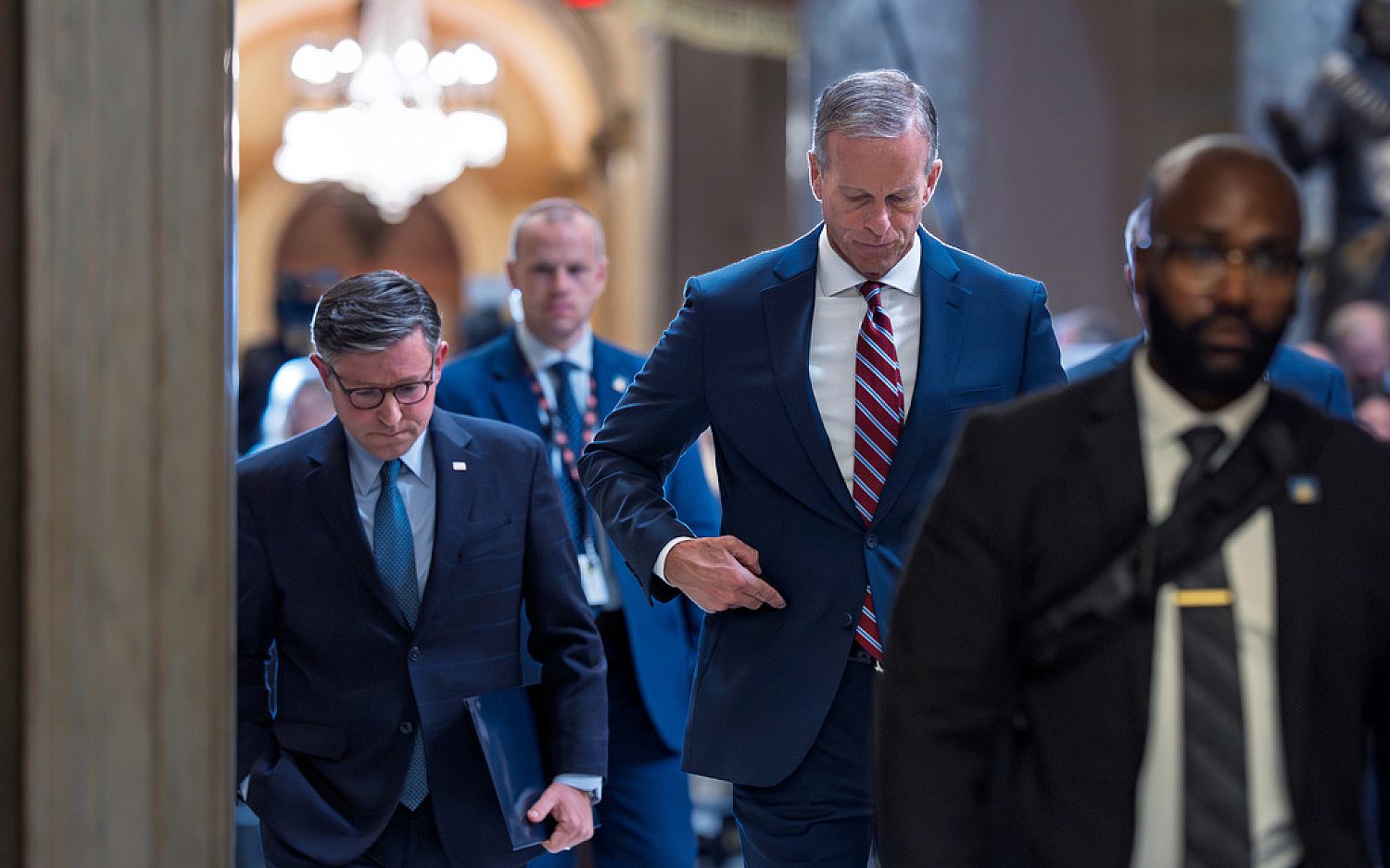Common ground in space despite escalating tensions on Earth
A software snag turned a six-hour ride into a two-day journey for the Russian and American astronauts aboard a Soyuz capsule on its way to the International Space Station (ISS) Wednesday.
NASA confirmed the glitch posed no danger to the astronauts, Russians Alexander Skvortsov and Oleg Artemyev, and American Steve Swanson. They even shed their space suits and kicked back in anticipation of the longer trip. Swanson is hitching a ride on the Russian craft since NASA suspended its space shuttle program in 2011. The United States paid $71 million for his seat.
United States and Russia may be reaching a state of belligerence on Earth, but the two countries are finding common ground higher up in the thermosphere. NASA Administrator Charles Bolden has said repeatedly that the Ukraine conflict would not affect the U.S.-Russian space partnership. The two nations provide complementary technology and supply runs that enable the ISS to maintain an array of scientific experiments and continue operations—despite escalating tensions over Russia’s annexation of Crimea and U.S. nods towards harsher sanctions against its former communist arch-rival.
But as recently as Tuesday, Bolden said that while NASA’s cooperation with Russia is successful, he wants to resume launches from U.S. soil. NASA is working with private American companies to send crews into orbit, but funding for launches remains a problem, even as commercialization becomes the norm. NASA has a $1.6 billion contract with Elon Musk’s SpaceX for 12 flights to bring cargo to the space station. SpaceX expects to launch its “Dragon” supply ship from Cape Canaveral, Fla., on March 30. This will be the company’s third commercial supply run.
NASA and Roscosmos, Russia’s space agency, announced that this week’s Soyuz arrival would be delayed shortly before its scheduled docking: A 24-second engine burn vital for adjusting the spacecraft’s orbiting path “did not occur as planned.” NASA later said “initial information indicates the spacecraft was not at the proper attitude, or orientation, for the automated thruster.” However, the space agency confirmed with Russia that maneuvers were completed to put the capsule on course. The Soyuz TMA-12M arrived at the ISS Thursday evening.
The new three-man crew delivered to the ISS will join Koichi Wakata of Japan, NASA’s Rick Mastracchio, and Mikhail Tyurin of Russia, all residents at the station since November. The new crew will stay in orbit for six months, relying on a Soyuz spacecraft docked at the ISS at all times as a means of escape in case of an emergency.
The ISS is the third brightest object in the sky. NASA maintains a “spot the station” site for those wishing to pinpoint viewing times from their location. Enthusiast Dirk Matussek offers a site to show the ISS’s real-time orbit position and ground-track over Earth.
The Associated Press contributed to this report.
An actual newsletter worth subscribing to instead of just a collection of links. —Adam
Sign up to receive The Sift email newsletter each weekday morning for the latest headlines from WORLD’s breaking news team.




Please wait while we load the latest comments...
Comments
Please register, subscribe, or log in to comment on this article.